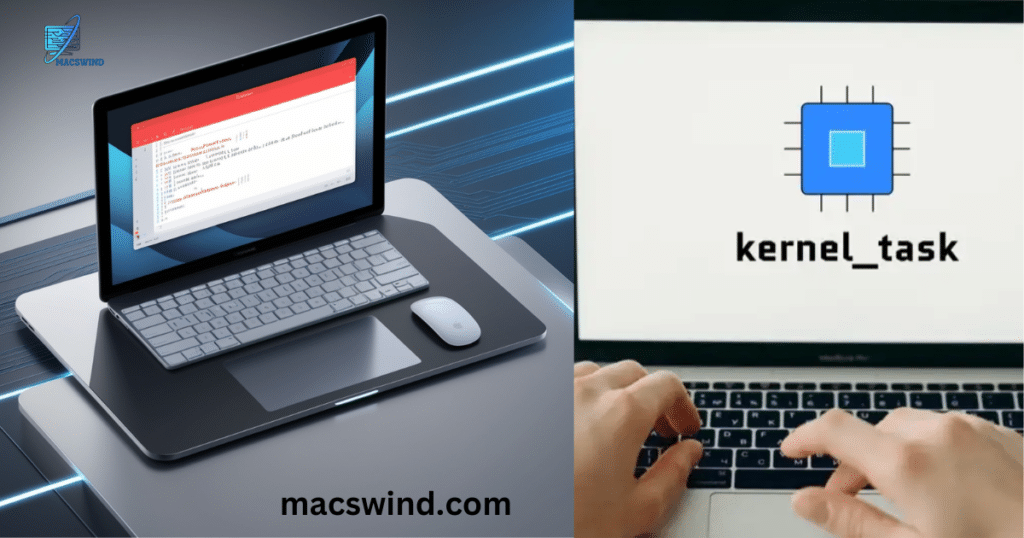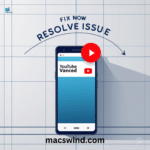If you’re experiencing sluggish performance on your Mac, a process called kernel_task high CPU usage could be the culprit. This issue often leads to system lag and delays, making even basic tasks challenging.
Understanding the reasons behind this and how to fix it is crucial for maintaining your Mac’s smooth performance. In this guide, we’ll explore the common causes and provide effective solutions to tackle this problem.
Understanding fix Kernel_Task on Mac
Kernel_task high CPU usage is a common issue on macOS that occurs when the system tries to prevent overheating. As a core function, kernel_task manages CPU resources, often limiting processing power when your Mac gets too hot to protect the hardware. Understanding this process and addressing high CPU usage can help maintain your Mac’s performance.
Read more about the Apple Military Discount
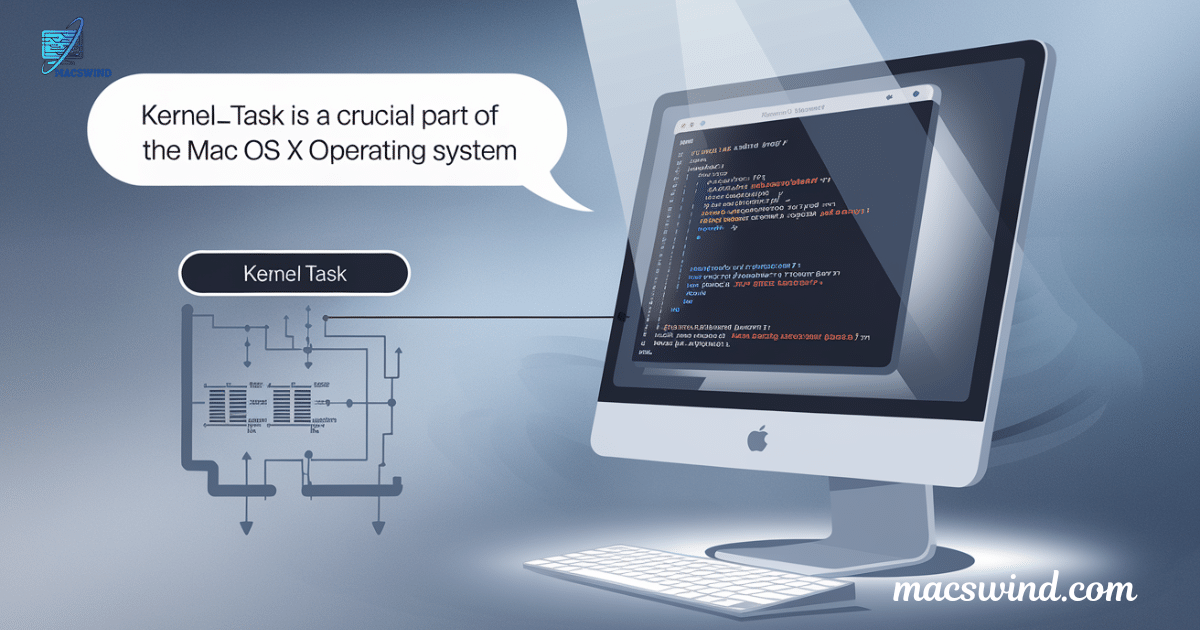
The Role of fix Kernel_Task on mac
- Temperature Regulation: When the CPU temperature rises beyond a safe threshold, kernel_task automatically limits the performance of other processes to cool down the system. This is an essential function to maintain the overall health of your Mac.
- Resource Allocation: By managing CPU resources, kernel_task helps prioritize important processes, ensuring that your Mac operates smoothly even under heavy load.

Why You Should Care
High kernel_task high CPU usage can lead to sluggish performance, overheating, and even unexpected shutdowns. Understanding how to manage this process is crucial for maintaining optimal mac performance.
Read more about Can Apple Vision Pro Connect to PS5?
What Causes fix Kernel_Task High CPU Usage on Mac?
Several factors can trigger kernel_task high CPU usage. Recognizing these causes is the first step toward resolving the issue effectively.
Read more about macOS System Requirements for All Versions
Common Causes fix Kernel_Task
- Overheating: A significant contributor to high CPU usage is overheating. If your Mac gets too hot, kernel_task will take over and throttle the CPU to cool things down.
- Faulty Peripherals: External devices like printers or USB drives can cause issues if they malfunction or have outdated drivers. They may send erroneous signals to the Mac, prompting kernel_task to work overtime.
- Background Processes: Some applications run in the background, consuming CPU resources without your knowledge. This can lead to unexpected spikes in CPU usage.
- Outdated Software: Running older versions of macOS or applications can cause compatibility issues, resulting in resource drainage.
- Malware: While rare, some malware can disguise itself as legitimate processes, causing high CPU usage.
Quick Reference Table of Causes
| Cause | Description |
|---|---|
| Overheating | Triggers thermal regulation in kernel_task. |
| Faulty Peripherals | Malfunctioning devices can lead to CPU spikes. |
| Background Processes | Hidden apps using resources without user awareness. |
| Outdated Software | Compatibility issues from running old software. |
| Malware | Malicious software disguised as system processes. |
Step-by-Step Guide to Fix Kernel_Task High CPU Usage
Now that you know the potential causes, let’s explore actionable steps you can take to fix kernel_task high CPU usage.
Read more about How To Claim Apple Teacher Discount?
Restart Your Mac
Sometimes, the simplest solution is the most effective. Restarting your Mac can resolve temporary glitches and free up system resources.
- Why It Works: A reboot clears temporary files and resets processes, often resolving minor issues.
- How to Do It: Click on the Apple logo in the top-left corner and select Restart. This is often the quickest way to tackle a CPU performance problem.
Change the Charging Port
If you’re using a MacBook, the charging port could influence kernel_task activity.
- Why It Matters: Connecting your charger to a different port can sometimes help with power management and cooling.
- How to Do It: If you have multiple USB-C ports, try switching the charger to another port and see if it impacts the CPU management.
Use Activity Monitor to Close Background Processes
The Activity Monitor is a powerful tool that helps you track what’s consuming CPU resources.
- How to Access: Open Finder, go to Applications, and then Utilities. Select Activity Monitor.
- Identifying Resource Hogs: Look for any processes using an excessive amount of CPU. You can sort by the CPU column to find the culprits.
- Closing Background Processes: Highlight the process you want to end and click the X button in the top-left corner. This is an effective way to manage activity monitor background processes.
Reset the System Management Controller (SMC)
Resetting the SMC can resolve various hardware-related issues, including overheating and high CPU usage.
- Why It Helps: The SMC controls power and thermal management, among other things. An SMC reset can help restore normal functioning.
- How to Reset:
- Shut down your Mac.
- For MacBooks with a T2 chip, hold the Control, Option, and Shift keys for 7 seconds, then press and hold the power button for another 7 seconds. Release all keys, then turn on your Mac.
- For older models, the process varies, so check Apple’s official guidelines for your specific model.
Update macOS and All Apps
Keeping your software up to date is crucial for maintaining performance.
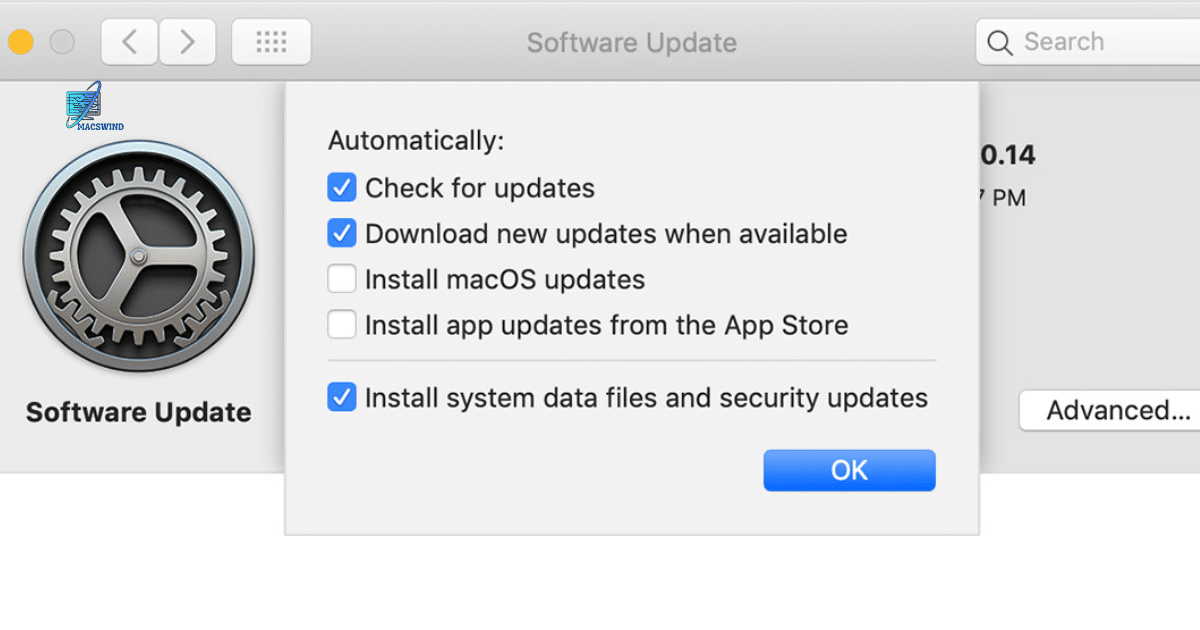
- Why Updates Matter: Updates often include fixes for bugs and compatibility issues that can lead to high CPU usage.
- How to Update:
- Go to System Preferences > Software Update to check for macOS updates.
- For app updates, open the App Store, click on Updates, and install any available updates.
Common High CPU Usage Issues
High CPU usage can lead to overheating problems, which in turn can throttle your performance. Here are common issues to look for:
- CPU Overload: Multiple heavy applications running simultaneously can overwhelm the system.
- Resource Drainage: Applications that don’t close properly can continue to consume resources.
- Processor Issues: Malware can disguise itself, leading to constant high CPU usage without your knowledge.
Overheating Problems
Overheating can be both a symptom and a cause of high CPU usage. Here’s how to manage it effectively:
- Heat Management: Ensure that your Mac is on a flat, hard surface to allow for proper ventilation.
- Cooling Solutions: Consider using a cooling pad if you often run demanding applications.
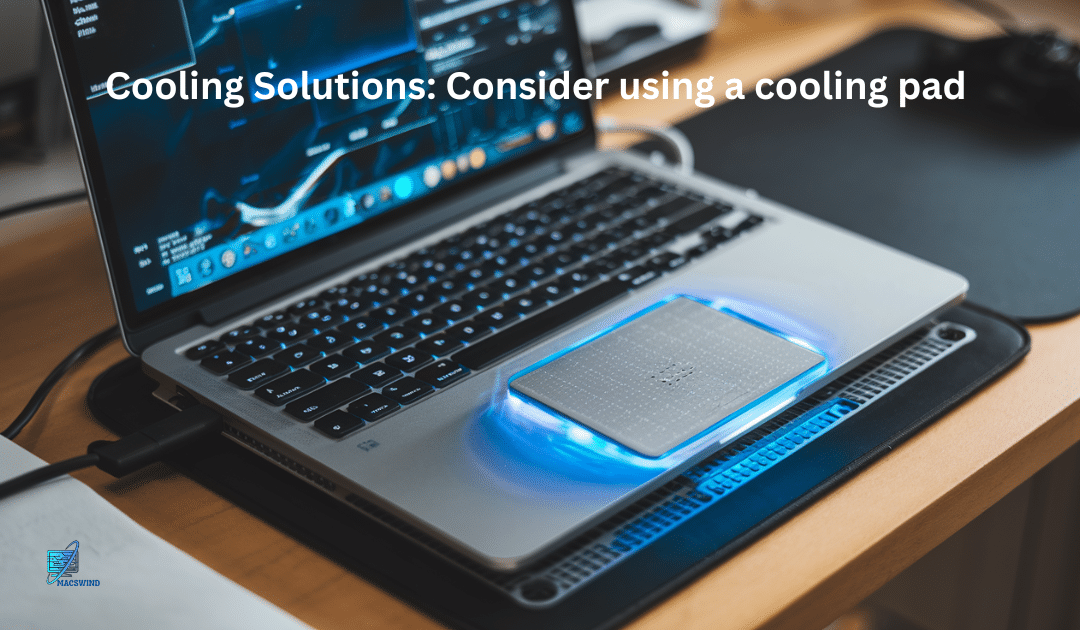
Read more about How to Know If Apple Pencil is Charging?
Faulty Peripherals
Faulty devices can send incorrect signals, leading to increased CPU usage.
- Identifying Device Errors: Disconnect all peripherals and monitor CPU usage. Reconnect devices one at a time to identify any that might be causing issues.
- Driver Issues: Check for updated drivers for external devices, as outdated software can lead to performance problems.
Outdated Software
Using obsolete apps can cause compatibility issues that contribute to high CPU usage.
- Software Compatibility: Regularly check for updates to ensure that all your applications work well with the latest macOS.
- System Updates: Pay attention to system update notifications and act promptly to keep your Mac running smoothly.
Malware Concerns
Though rare, some malware can disguise itself as system processes, leading to high CPU usage.
- Recognizing Security Threats: Be wary of unfamiliar processes in Activity Monitor.
- Using Malware Protection: Consider using reputable anti-malware software to scan your Mac regularly.
Frequently Asked Questions (FAQ)
Is Kernel_Task a Virus?
No, kernel_task is not a virus. It is a vital macOS process that helps manage CPU resources and regulate temperature. Understanding this can help alleviate unnecessary concern.
Can Constant High CPU Usage Damage My Mac?
Yes, constant high CPU usage can lead to overheating, which may cause long-term damage to your Mac’s components. It’s essential to address this issue promptly to ensure your device’s longevity.
Conclusion
Experiencing kernel_task high CPU usage can be frustrating, but with the right knowledge and tools, you can effectively manage and resolve the issue. From simple steps like restarting your Mac to more technical solutions like resetting the SMC, each method plays a vital role in restoring your system’s performance.
Taking proactive steps, fix Kernel_Task such as keeping your software updated and monitoring background processes, will ensure that your Mac continues to function smoothly. If problems persist, consider consulting Apple Support or a professional technician.
By staying informed and taking action, you can keep your Mac performing at its best and enjoy a seamless computing experience.

Anna Zoee is an experienced blogger at Macs Wind, where she shares her expertise on all things Mac-related. With a passion for technology and a knack for simplifying complex topics, Anna delivers insightful content that helps readers get the most out of their devices. Her years of blogging experience make her a trusted voice in the tech community.

